Top 10 Healing Plants to Grow
When SHTF, we may not be able to get in to see a doctor for every little thing. But, there are many ways we can heal ourselves if we know how! Plants are a great way to heal many ailments. So, today we are going to talk about the top healing plants to grow!
Top 10 Healing Plants to Grow
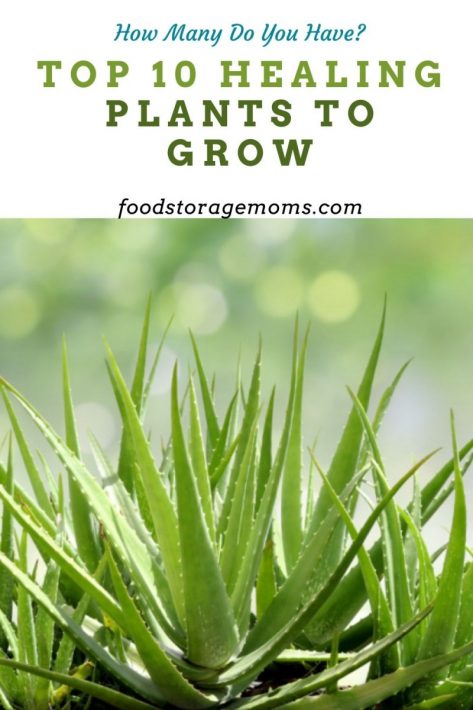
Healing Plants to Grow
Medicinal plants are super important to grow and keep on hand. You can reach for medicinal plants for a variety of ailments including headaches, stomach issues, and even irritable bug bites. Some of these plants can be consumed in teas, used as a garnish, or applied topically. Here are 10 healing plants to grow:
#1 Aloe Vera Plants
This plant is no stranger to any of us. It soothes your skin after you get sunburned, but it is also great for healing cuts and burns. When it is ingested, it’s a powerful potion for digestion. Aloe Vera is one of the easiest plants you can grow in your home. It requires little maintenance and only needs to be watered every 3 weeks! If you don’t have an aloe vera plant, go grab one.
#2 Basil
Basil is a common herb that many of us already grow, but it can also help keep your body in check as it has the following health benefits:
- Reduces stress.
- Is great as an antibacterial.
- Basil reduces inflammation and swelling.
- Helps to strengthen bones and the liver.
- It boosts your immunity and metabolism.
- Improves digestion.
You can use basil as a garnish on main dishes, or you can throw it in a smoothie.
#3 Cayenne Pepper
Do you have pain or high cholesterol? Cayenne pepper may have a spicy kick, but it can also kick away the pain and lower your cholesterol. This is because it has a compound called capsaicin that is responsible for many health benefits including:
- Detoxifying the body.
- Boosting metabolism.
- Easing an upset stomach.
- Improving your circulation.
- Relieving your pain.
- Lowering cholesterol.
#4 Chamomile Healing Plants
Sleeping issues? Congested? Have inflammation? Well, you don’t need a sleeping pill or congestion medicine. Instead, you can grow chamomile. It can be consumed as a tea and has the following health benefits:
- Improves skin health.
- Helps to alleviate pain.
- Aids in sleep.
- Reduces inflammation and swelling.
- Has many antioxidants.
- Helps to relieve congestion.
#5 Dandelion
You don’t even have to grow these pesky weeds since they often show up on their own! Think twice before killing them because they are actually really healthy for you! They are packed with vitamin K, vitamin C, calcium, and minerals that all support strong bones and liver health. Here are just a few reasons to keep those dandelions around:
- They detoxify the liver and support overall liver health.
- Can help treat skin infections.
- Treats and helps prevent urinary tract infections.
#5 Echinacea Healing Plants
I don’t know about you, but whenever I’m sick, I pop several echinacea pills. This plant is also known as the purple coneflower. If you have a cold, this plant is the best healing plant. Here’s what echinacea does:
- Treats and prevents urinary tract infections.
- Helps to strengthen your immune system.
- Relieves upper respiratory infections.
- Fights infections.
- Alleviates many symptoms of the common cold.
#6 Garlic
We already suggest growing garlic as a food in your garden. It’s great for adding flavor to your foods, but it is also quite healthy for you. It’s great for fighting infection, aiding with cholesterol control, and eating garlic on a regular basis is just good for your overall health. Here are a few benefits of garlic:
- Garlic helps prevent heart disease.
- It lowers cholesterol and blood pressure.
- It can help prevent dementia, Alzheimers, and degenerative diseases.
- Garlic improves your digestive health.
#7 Lavender Healing Plants
Do you have anxiety? Are you struggling to sleep? Maybe you have headaches and migraines…Lavender is a special plant that calms the body in more ways that one. Here are a few reasons you should plant lavender:
- Lavender aids in reducing stress and anxiety.
- It is one plant that can really help with headaches and migraines, unless you are allergic to it.
- Soothes and calms your body to aid in sleep.
- Supports healthy hair and skin.
- It relieves pain.
- Helps with respiratory problems.
#8 St. John’s Wort
Do you struggle with depression? During an emergency, you may not be able to get antidepressant medication. St. John’s Wort has always been a natural antidepressant. In fact, it’s already used to treat anxiety, mood swings, feelings of withdrawal, and even symptoms of obsessive-compulsive disorder. So, why not grow it yourself?! Here’s a list of health benefits:
- Relieves symptoms of depression.
- Helps manage anxiety and mood.
- Reduces inflammation.
- Soothes skin irritations.
#9 Peppermint Healing Plants
Peppermint has so many health benefits and is tasty, too! Its an herb that we taste in gum, toothpaste, and many desserts. It’s great for tummy aches, nausea, and muscle pain. Here are some of the amazing health benefits of peppermint:
- Relieves seasonal allergies.
- Helps to soothe muscle pain.
- Is great for headaches and migraines.
- Reduces nausea, gas, and indigestion.
- You can use it to make toothpaste or treat bad breath.
- Peppermint has amazing antibacterial properties.
#10 Thyme
Another great plant to grow for colds is thyme. A compound called thymol is found in thyme. This compound is found in mouthwash and vapor rubs like Vicks. You can ingest thyme or use it topically in a cream. Here are the health benefits for thyme:
- It helps to soothe sore throats and coughs.
- Improves your blood circulation.
- Treats respiratory infections.
- Supports your immune system.
- It’s an antifungal and antibacterial.
Other Plant Posts to Check Out
If you are looking for other plants you should grow, be sure to check out some of the following posts:
- The Best Herbal Plants to Grow for Homemade Tea
- The Best Herbs to Grow in Mason Jars
- Top Herbs that Work Great for Healing
- What to Plant in May
- What To Plant In January
- What To Plant In February
- What To Plant In March
- What To Plant In April
- What To Plant In May
- What To Plant In June
- What To Plant In July
- What To Plant In August
- What To Plant In September
- What To Plant In October
Final Word
You can always stock up on the pill or premade forms of these plants. However, when you grow them yourself, you know what’s in what you are applying or consuming. Additionally, the potency is going to be far better than any store-bought pill you can grab. Also, keep in mind that once your supply runs out you may not be able to get more. It’s always a great idea to know how to grow not only your own food, but your own healing plants as well! Pick a few you think would really be beneficial in your home and start growing them and storing them! May God Bless this world, Linda
Copyright images: Aloe Vera AdobeStock_197782607 by cgdeaw

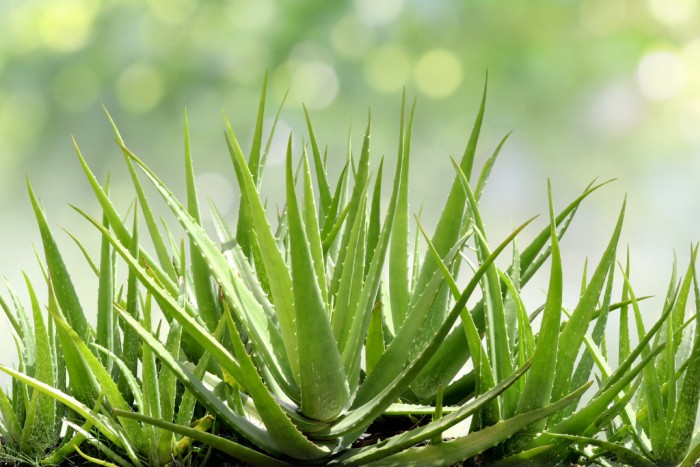

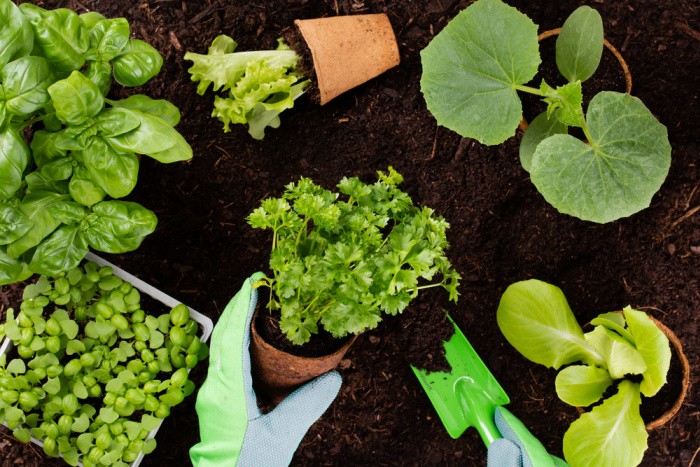
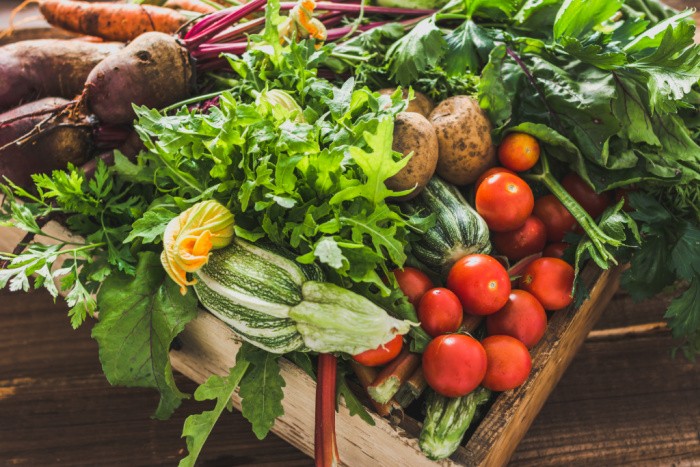
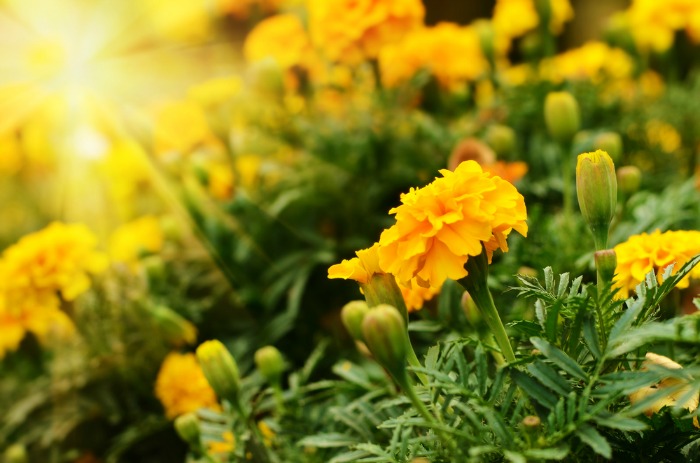

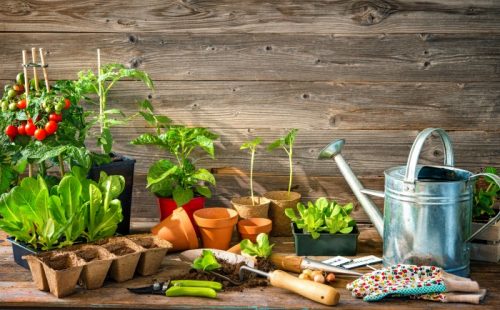
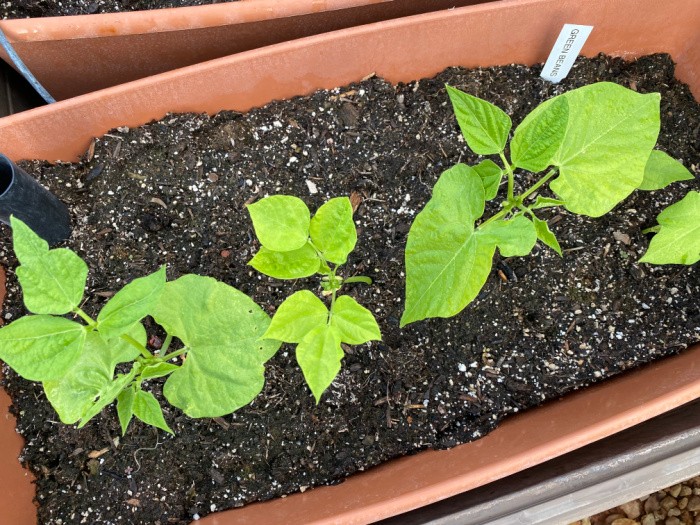
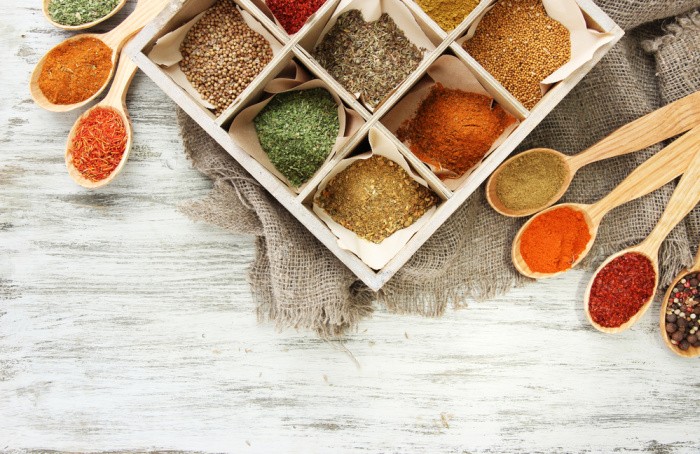



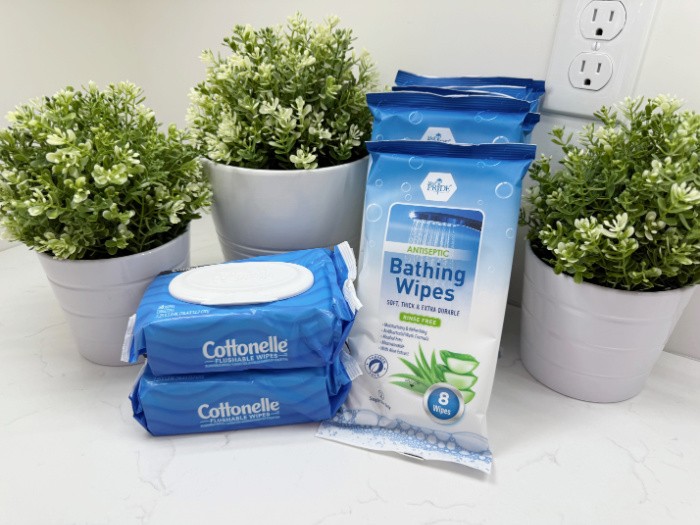

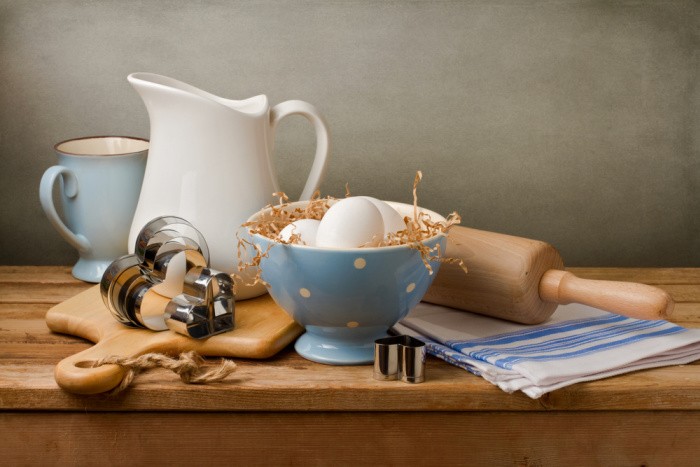

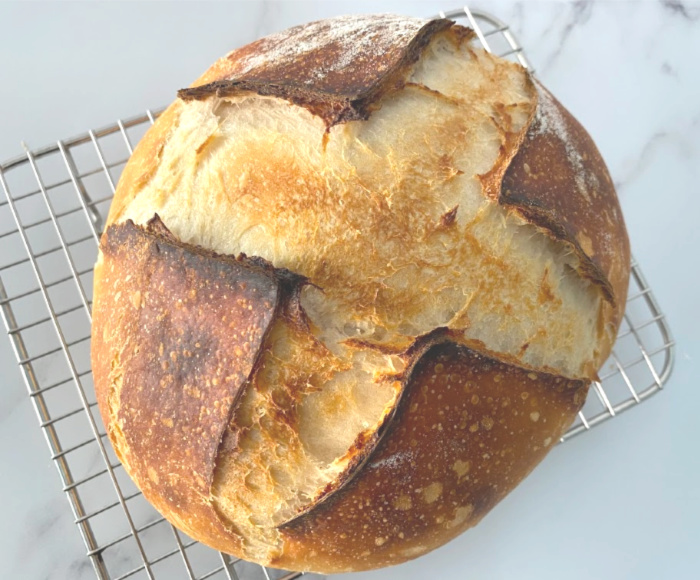

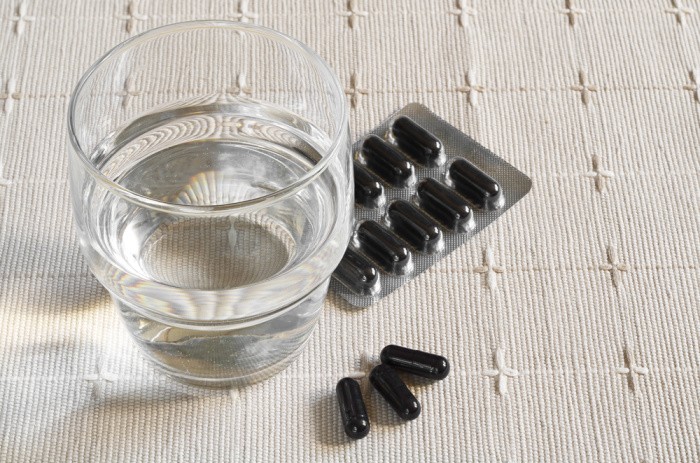


Great post as usual! I still haven’t started my herb garden, but want one. Especially the healing herbs and the ones for teas. I do have mint. Peppermint and Spearmint. I do love my herbal tea. I do drink Chai Tea Latte in the morning as my wake up beverage. One cup is all. I don’t drink a lot of caffeine. It’s not good for me. I also don’t drink carbonated beverages. I mostly drink water. It’s good for my kidneys.
Hi Deborah, I love drinking water, it’s my drink of choice for sure! Linda
This is a wonderful post Linda, thank you! There are so many medicinal & nutritious plants we can grow or forage, it feels like very important information for folks to know during these crazy times!
If people aren’t growing Echinacea, tincturing the roots of Black Eyed Susan will have many of the same medicinal properties.
Either of these plants are great to use at the first signs of cold, flu, & respiratory infections.
Thanks for another great post about healing plants we can use!
Hi Black Walnut, thanks for the tips, I love hearing about other plants! Linda
Happy Mother’s Day, Linda!!!!
Hi Harry!!!!! Thank you, my friend! Linda